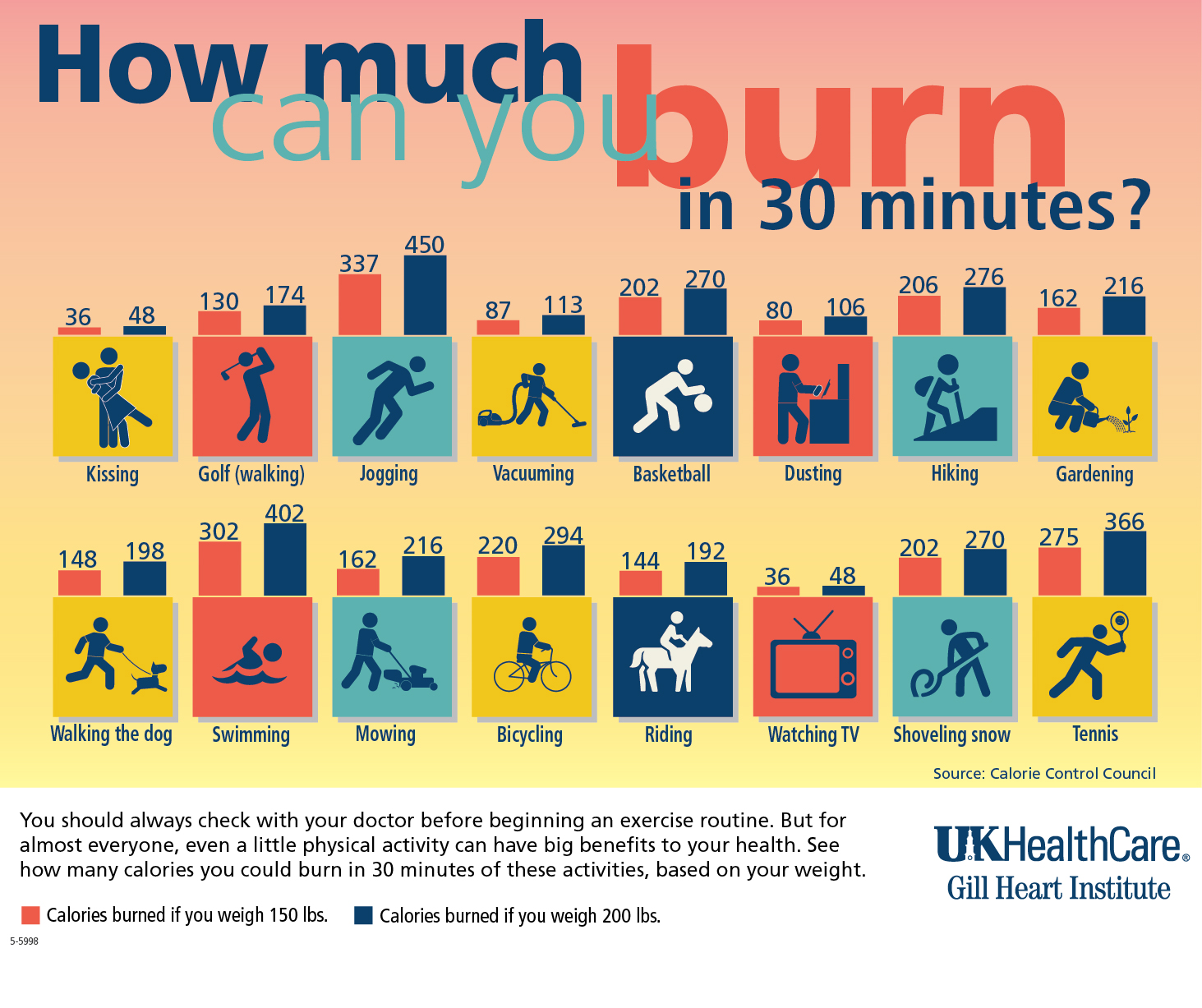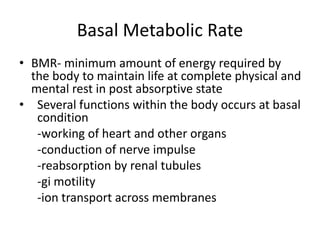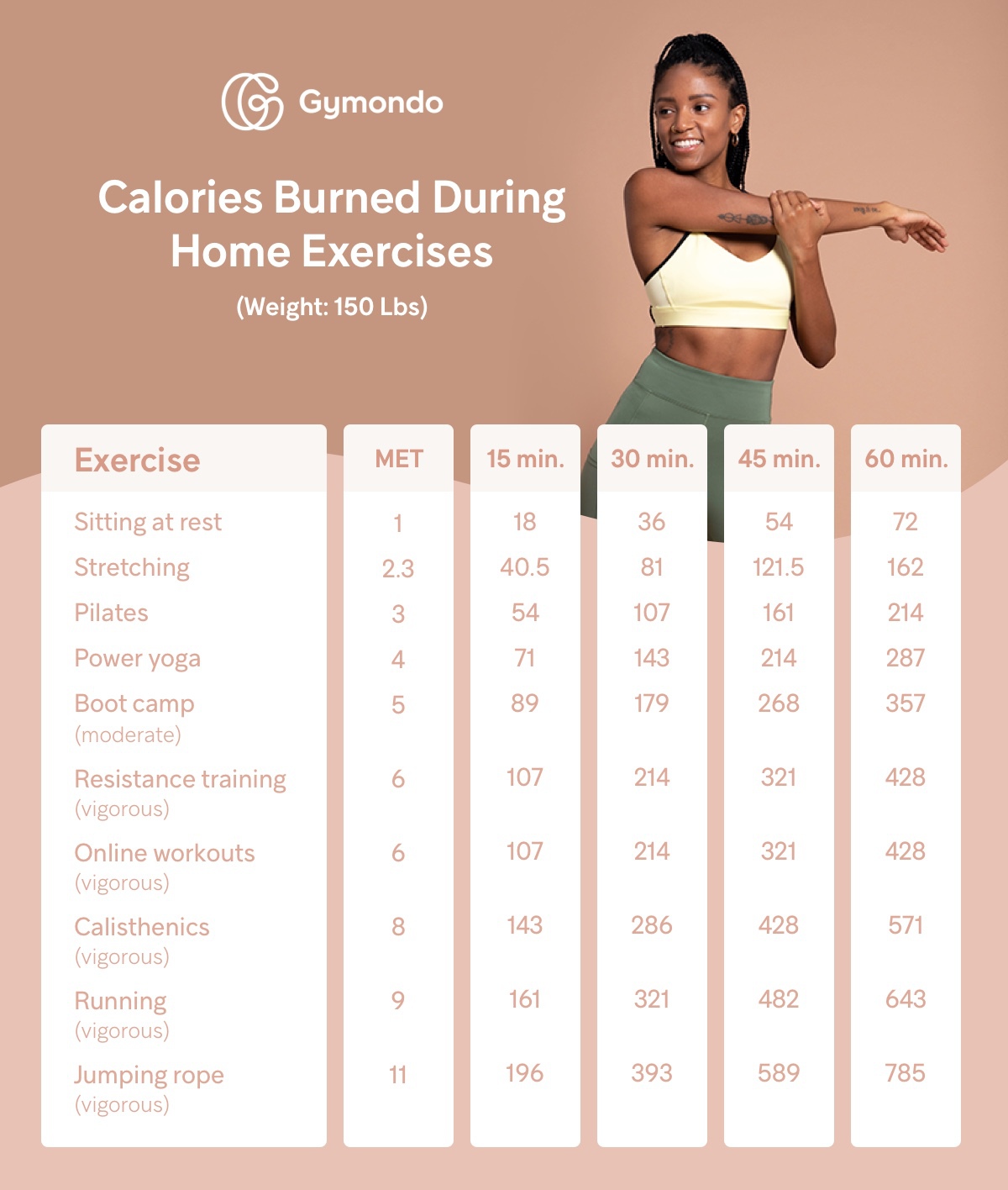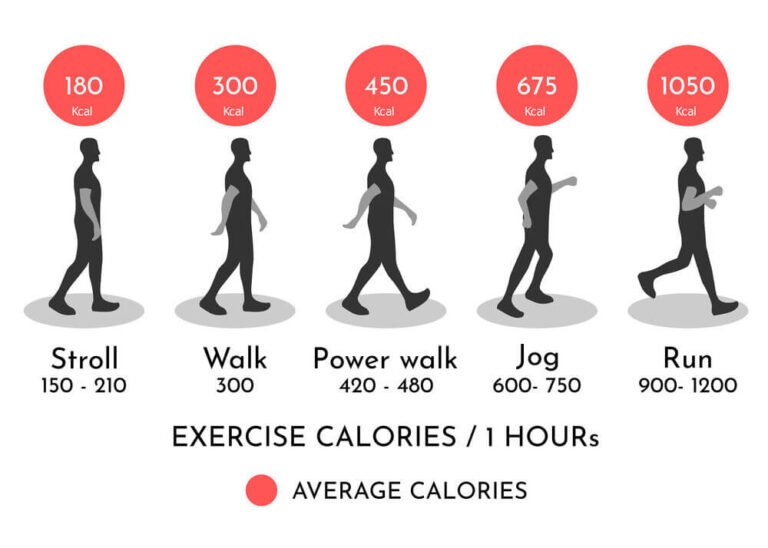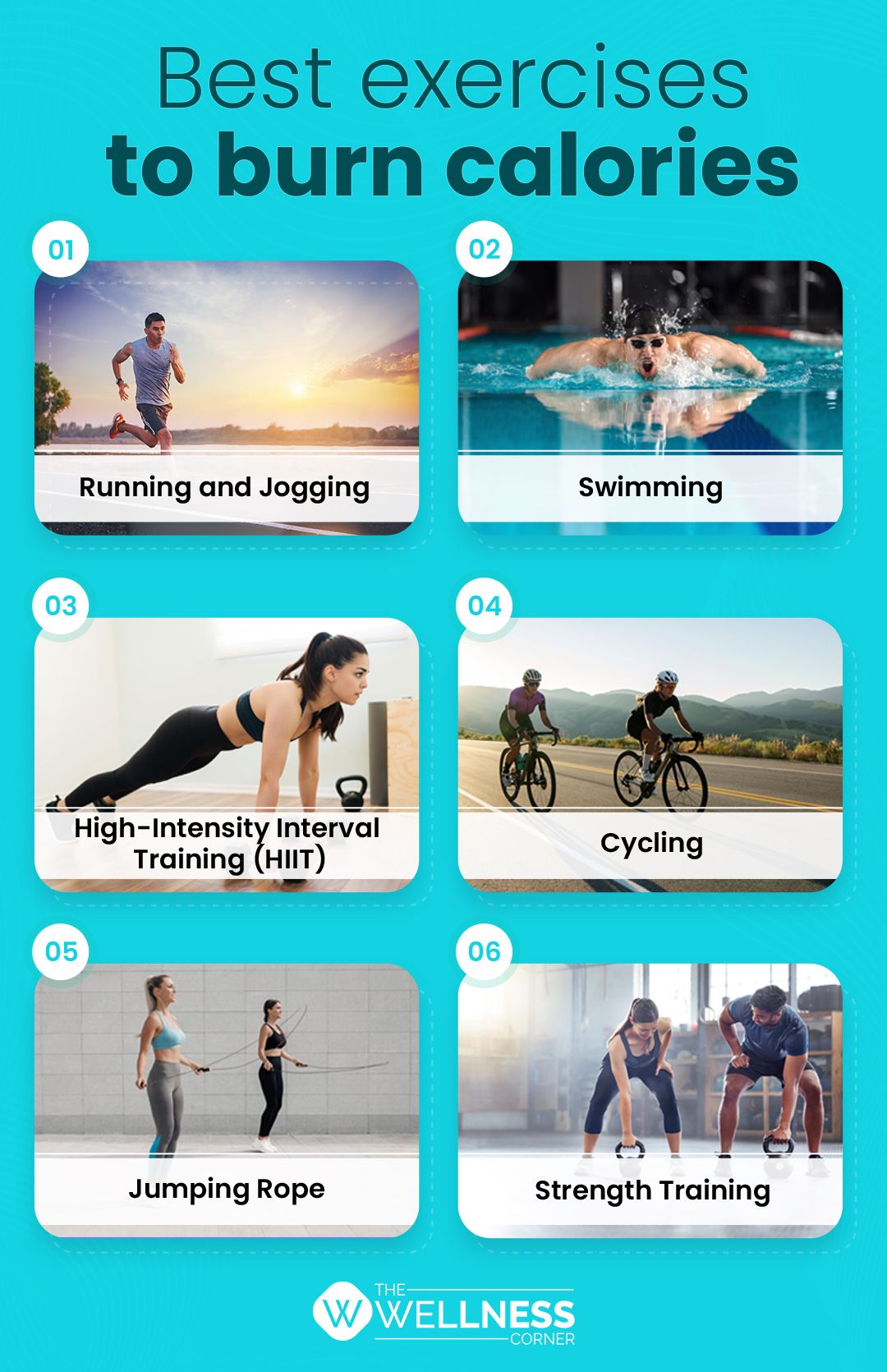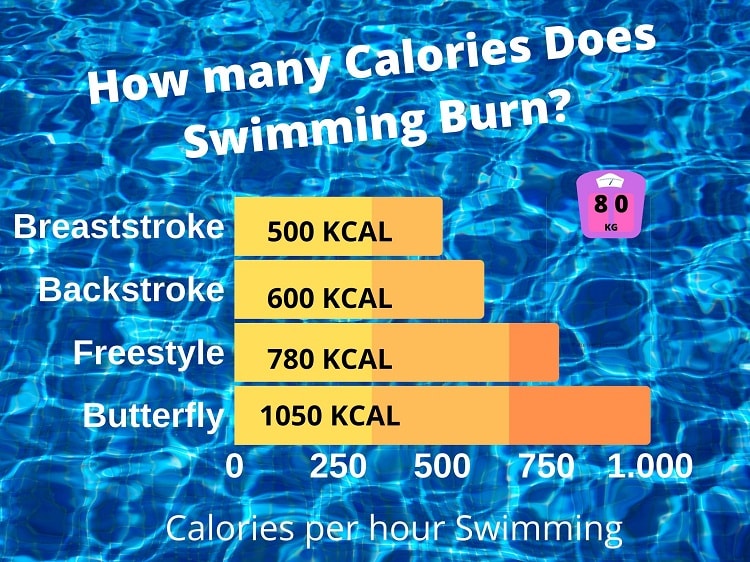Understanding Caloric Expenditure and Walking
Caloric expenditure is the energy a body uses to perform various activities, including walking. The number of calories burned during a walk depends on several factors, such as body weight, walking speed, and terrain. To understand how many calories you burn in 5000 steps, it’s essential to consider these factors and their impact on your overall caloric burn.
Body weight plays a significant role in determining the number of calories burned during a walk. Generally, the heavier an individual is, the more calories they will burn while walking the same distance or number of steps. This is because more body mass requires more energy to move. For example, a person weighing 180 pounds (81.6 kg) will burn more calories walking 5000 steps than someone weighing 120 pounds (54.4 kg).
Walking speed is another crucial factor influencing caloric burn. Faster walking requires more energy, leading to a higher caloric expenditure. Therefore, walking at a brisk pace or incorporating intervals can significantly increase the number of calories burned during a 5000-step walk. Additionally, walking on challenging terrains, such as hills or sand, can further elevate the caloric burn due to the increased resistance and effort required.
The Role of Basal Metabolic Rate (BMR) and Physical Activity Level (PAL)
Caloric expenditure is not solely determined by physical activities like walking but is also influenced by two essential factors: Basal Metabolic Rate (BMR) and Physical Activity Level (PAL). BMR refers to the energy required to maintain basic body functions, such as breathing and heartbeat, while at rest. PAL, on the other hand, represents the total energy expenditure during all physical activities throughout the day, divided by BMR.
BMR and PAL contribute to the total calories burned during a 5000-step walk. A higher BMR indicates that an individual burns more calories at rest, while a higher PAL suggests that they burn more calories during daily activities. Consequently, individuals with higher BMR and PAL values will burn more calories during a 5000-step walk than those with lower values.
To estimate the impact of BMR and PAL on the caloric burn of a 5000-step walk, you can use the Mifflin-St. Jeor Equation, which calculates BMR based on age, sex, weight, and height. Once you have determined your BMR, you can multiply it by your PAL value to estimate your total daily caloric expenditure. By incorporating the calories burned during a 5000-step walk, you can better understand how this activity contributes to your overall caloric burn.
Measuring the Caloric Burn of 5000 Steps
Measuring the caloric burn of a 5000-step walk is essential for fitness and weight management goals. Various tools and methods can help estimate the number of calories burned, including pedometers, fitness trackers, and smartwatches. These devices use algorithms that consider factors such as body weight, walking speed, and terrain to calculate the caloric burn.
Pedometers are simple devices that count steps, distance, and sometimes estimate calories burned based on step count. However, they may not be as accurate as fitness trackers or smartwatches, which often include heart rate monitors and more sophisticated algorithms to estimate caloric burn. Fitness trackers and smartwatches can also monitor sleep patterns, track other physical activities, and provide valuable insights into overall health and well-being.
When using a pedometer, fitness tracker, or smartwatch to measure the caloric burn of a 5000-step walk, it’s crucial to ensure the device is accurately calibrated and set up for your specific needs. Inputting correct body weight, age, and height information can significantly impact the caloric burn estimation. Additionally, regularly syncing and updating the device can help maintain accurate tracking and ensure the most precise caloric burn measurements possible.
The Impact of Body Weight and Walking Speed on Caloric Burn
Body weight and walking speed significantly influence the number of calories burned during a 5000-step walk. A heavier individual will generally burn more calories than a lighter person, even if they both walk the same distance or number of steps. This is because a heavier body requires more energy to move. Similarly, a faster walking speed increases the energy demand, leading to a higher caloric burn.
To illustrate the relationship between body weight, walking speed, and caloric burn, consider two individuals: one weighing 120 pounds (54.4 kg) and the other weighing 180 pounds (81.6 kg). If both individuals walk 5000 steps at a speed of 3 miles per hour (mph) on a flat surface, the heavier person will burn more calories due to their greater body mass. According to estimates, the 180-pound individual may burn around 250 calories, while the 120-pound person might burn approximately 165 calories.
Walking speed also impacts caloric burn. For example, if the 150-pound (68 kg) individual increases their walking speed from 3 mph to 4 mph, they will burn more calories during their 5000-step walk. At 3 mph, they might burn 200 calories, but at 4 mph, they could burn around 250 calories—an increase of 50 calories. This difference is because walking faster requires more energy, leading to a higher caloric burn.
Incorporating Inclines and Declines: The Effect on Caloric Burn
Incorporating inclines and declines during a 5000-step walk can significantly impact the number of calories burned. Walking uphill requires more energy than walking on a flat surface, leading to a higher caloric burn. Conversely, walking downhill can be less demanding, but it still contributes to the overall caloric expenditure.
Research suggests that walking uphill at a moderate intensity can burn 2-3 times more calories than walking on a flat surface. This is because walking uphill engages more lower body muscles, particularly the glutes, quadriceps, and calves, which increases the energy demand. Additionally, walking uphill at a consistent pace can provide a cardiovascular workout, further enhancing the caloric burn.
For example, if a 150-pound (68 kg) individual walks 5000 steps on a flat surface, burning around 200 calories, they could burn approximately 400-600 calories by incorporating inclines. This significant increase in caloric burn can help accelerate weight loss and improve overall fitness.
When walking uphill, it’s essential to maintain proper form to prevent injury and maximize the benefits. Engage your core, keep your back straight, and take shorter, quicker steps. Gradually increase the incline and duration of your walks to challenge your body and continuously improve your caloric burn.
Strategies to Increase Caloric Burn During a 5000-Step Walk
Increasing the caloric burn during a 5000-step walk can be achieved through various strategies, such as adding intervals, incorporating strength training, and choosing challenging terrains. These techniques can help you maximize the benefits of your walking routine and contribute to your overall fitness and weight management goals.
Interval training involves alternating between periods of high-intensity exercise and low-intensity recovery. For example, you can walk at a brisk pace for 1 minute, followed by 2 minutes of slower walking. This approach not only increases the caloric burn during your walk but also provides an effective cardiovascular workout. Interval training can be adapted to your fitness level and gradually intensified as you become stronger and more comfortable with the technique.
Incorporating strength training into your 5000-step walk can further enhance the caloric burn. You can use resistance bands, hand weights, or your body weight to perform exercises targeting major muscle groups, such as squats, lunges, calf raises, and arm curls. By combining strength training with walking, you create a well-rounded workout that builds muscle, boosts metabolism, and increases the number of calories burned.
Choosing challenging terrains, such as hilly or uneven paths, can also significantly impact the caloric burn during a 5000-step walk. Walking uphill or on uneven surfaces forces your body to engage more muscles, which increases the energy demand and leads to a higher caloric burn. Additionally, walking on different terrains can add variety to your routine, making it more enjoyable and engaging.
Comparing Caloric Burn Across Different Activities and Intensities
Comparing the caloric burn of a 5000-step walk to other physical activities and intensities can provide valuable insights into the benefits of incorporating various exercises into a well-rounded fitness routine. While walking is a low-impact, accessible form of exercise, other activities and intensities can offer greater caloric burn and overall fitness benefits.
For example, running at a moderate pace for 30 minutes can burn approximately 250-350 calories, depending on factors such as body weight and running speed. High-intensity interval training (HIIT) workouts, such as Tabata or circuit training, can burn even more calories in a shorter period. A 20-minute HIIT session can burn up to 400 calories or more, depending on the specific exercises and intensity level.
Strength training exercises, such as weightlifting and bodyweight workouts, can also contribute significantly to caloric burn. A 60-minute strength training session can burn around 300-500 calories, depending on the exercises, weights, and intensity. Moreover, strength training builds lean muscle mass, which increases resting metabolic rate and leads to a higher caloric burn even when at rest.
Swimming, cycling, and dancing are other physical activities that can burn more calories than a 5000-step walk. For instance, a 60-minute swimming session can burn 400-600 calories, depending on the stroke and intensity. Cycling at a moderate pace for 60 minutes can burn around 300-500 calories, while an hour of dancing can burn 300-600 calories, depending on the style and intensity.
Maximizing Caloric Burn: Long-Term Strategies and Considerations
Maximizing caloric burn through consistent exercise and a balanced diet is essential for overall health and well-being. While tracking the number of calories burned during a 5000-step walk can be helpful, it’s crucial to focus on long-term strategies that promote sustainable lifestyle changes and overall fitness improvements.
First, prioritize consistency in your exercise routine. Aim to walk at least 5000 steps per day, but strive for more if possible. Incorporate walking into your daily schedule by taking stairs instead of elevators, parking further away from buildings, or scheduling regular walks with friends or family members. Consistency not only helps increase caloric burn but also contributes to improved cardiovascular health, stronger muscles, and better mental well-being.
Second, consider progressive overload when walking. Gradually increase the intensity, duration, or frequency of your walks to challenge your body and continue improving your fitness level. This could involve walking faster, incorporating hills, adding intervals, or increasing your daily step count. Progressive overload ensures that your body continues to adapt and burn calories efficiently.
Third, maintain a balanced diet that supports your fitness goals. Focus on consuming nutrient-dense foods, such as fruits, vegetables, lean proteins, and whole grains, while limiting processed and high-calorie foods. A balanced diet provides the necessary energy for your walks and supports overall health and well-being. Remember, though, that caloric burn should not be the sole focus of your dietary choices; instead, prioritize a balanced, sustainable approach to eating.
Lastly, remember that maximizing caloric burn is just one aspect of a healthy lifestyle. Instead of focusing solely on caloric burn, consider the broader benefits of exercise, such as stress reduction, improved mood, increased energy, and enhanced overall well-being. By adopting a holistic approach to health and fitness, you’ll be more likely to achieve your goals and maintain long-term success.


